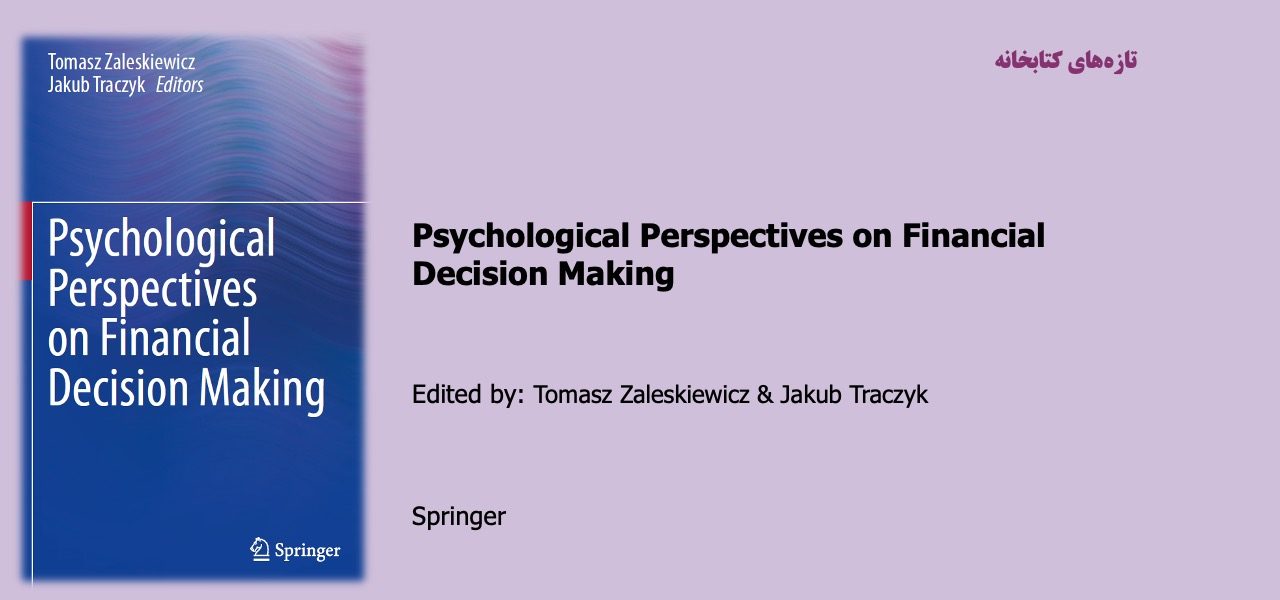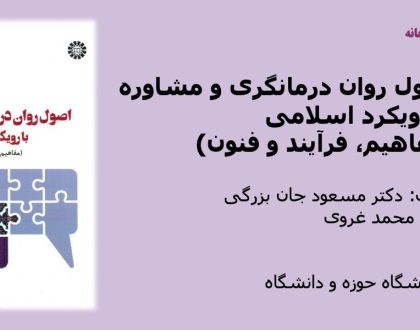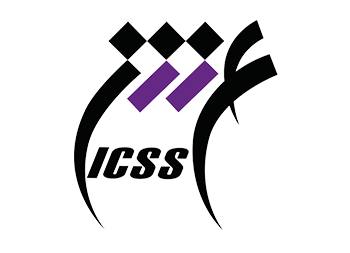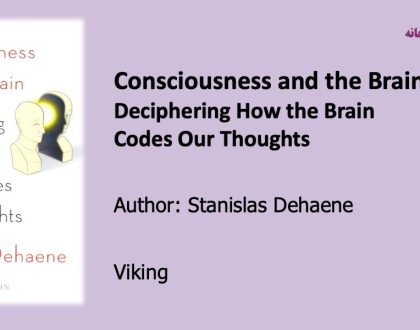Psychological Perspectives on Financial Decision Making

Making financial decisions is a substantial part of our daily lives. We choose what to buy, where to buy, how much to pay, and how to pay. We make choices concerning taxes: to pay what we ought to or try to evade? If we possess enough money, we decide whether and what amount to save or invest. Alternatively, we may spend our financial surplus for shopping or gambling. In less favorable circumstances in which we lack resources, we potentially must decide on whether and how to borrow. Sometimes, we are asked to donate to different charitable causes, a potential decision that also demands us to decide on how much to donate and whether to donate anything at all. These are just a few illustrations, and many others, more or less specific, can be listed here. However, what makes all these examples similar is that they involve money and require making decisions under risky or uncertain conditions.
The commonness of financial decision making in the contemporary world has made this area one of the core topics of theorizing and research in various scientific disciplines, including economics, psychology, and, more recently, brain sciences. Given that financial decisions are ex definitione related to money, it is not surprising that their analysis has been dominated for decades by classical economics, which represents a normative approach to the analysis of human behavior. At the heart of the normative economic reasoning lies the concept of rationality. Rational choice theory tells us what is logically consistent and optimal. Classical economics portrays a financial decision maker who analyzes all important information, is hardly susceptible to biases and emotions, and has stable preferences—the so-called homo economicus. For example, it is assumed that financial markets are rational because investors who make their decisions there are also rational. In this context, “rational” means that the investors’ choices result in an optimal level of utility (i.e., individuals are able to act in accordance with the most preferred balance between risk and expected return).
مطالب مرتبط

اصول روان درمانگری و مشاوره با رویکرد اسلامی (مفاهیم، فرآیند و فنون)
۲۶ / بهمن / ۱۴۰۳

آموزش مهارت نوشتن از منظر شناختی
۲۶ / بهمن / ۱۴۰۳


